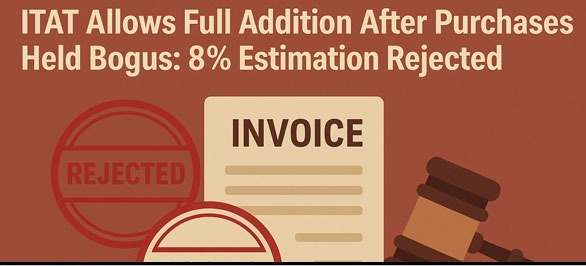Fletcher, J.@mdashThis is an appeal by the plaintiff against the decision of the learned Subordinate Judge of the Assam Valley Districts, dated the 16th February 1915, reversing the decision of the Munsif of Mangaldai. The plaintiff brought the suit to recover a certain sum of money said to be due on a simple money-bond dated the 8th February 1908. The suit was instituted on the 23rd January 1915. In order to show that his suit was not barred under the provisions of the Indian Limitation Act, the plaintiff relied upon a part-payment of the principal said to have been made on the 24th January 1910 and evidenced by an endorsement in writing on the back of the bond. The ground on which the learned Judge decided the case was that the endorsement of the fact of part-payment of the principal on the back of the bond was not signed by the person making the payment, that is, the defendant, nor did it bear his mask, he being illiterate. It is quite clear on the evidence that the defendant could not write and that the endorsement was written by another man for him. It is quite clear also that he did not make any mark on the back of the bond, because we have looked at the bond and the learned Judge was right in saying that there was no sign of any mark to the endorsement. The question what is a sufficient hand writing of the person making the payment within the meaning of the proviso to Section 20, Sub-section (1), of the Indian Limitation Act has formed the subject-matter of judicial decision and the latest case, so far as we have been referred to, is a decision of- Chief Justice Jenkins and Mr. Justice Aston of the Bombay High Court Jamna v. Jaga Bhana 28 B. 262 : 5 Bom. L.R. 1031 and the view adopted by the learned Judges in that case was that, if the payer affixed his mark beneath the endorsement written for him in the case of an illiterate person, that was a sufficient handwriting to satisfy the proviso to Section 20, Sub-section (1), of the Indian Limitation Act. There is no case that has ever yet suggested that, in the absence of mark, the clear words of the section requiring the payment and the handwriting to be made by one and the same person are complied with. I think the learned Judge of the lower Appellate Court came to a correct conclusion when he held that, on the facts found, the fact of the payment did not appear in the handwriting of the defendant. In that view, the judgment appealed from is correct. The present appeal, therefore, fails and must be dismissed with costs.
Shamsul Huda, J.
2. I agree.

